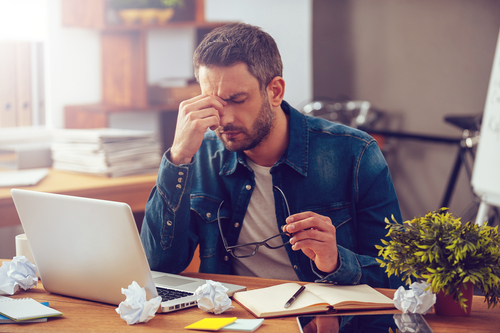
Depression, Anxiety and Stress are terms that are heard frequently in day-to-day conversation, but what’s the difference between them? Feeling low, unmotivated, worried or overwhelmed often feels so similar that it is difficult to pinpoint what we are struggling with. People also use the terms interchangeably, or use the words to describe a completely different set of symptoms from another person.]
This can leave us confused, wondering:
So, in the spirit of October being Anxiety and Depression Awareness Month, we are going to explore the differences between Anxiety, Depression, and Stress and look at top tips to manage them.
One in six Australians is currently experiencing depression or anxiety or both. Despite this high prevalence of anxiety and depression, it is estimated more than 50% of people with anxiety and depression symptoms are not seeking support or psychological treatment. Did you know:
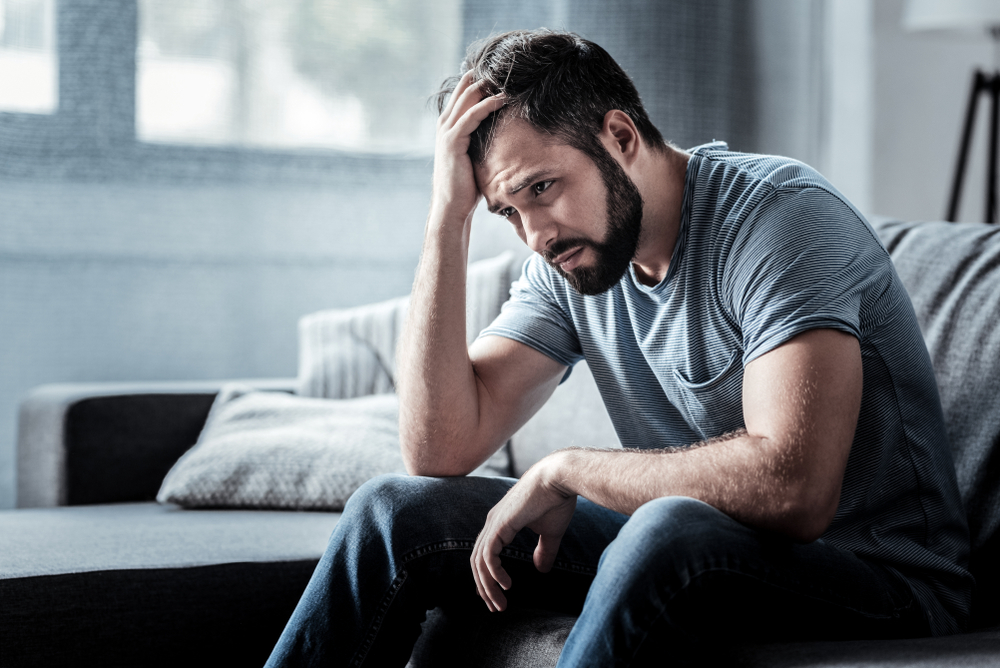
There are a wide range of depressive disorders including manic depressive disorder (depressive as well as manic episodes involving extreme highs), recurrent depressive disorder (having had two or more depressive episodes), and prenatal or postnatal depression (depression occurring during or after pregnancy – this can affect both men and women).
Depression symptoms are wide-ranging and unique to each individual. However, there are common symptoms that can be divided into Thoughts (Mental), Feelings (Emotional), Physical Sensations (Physical), and Behavioursthat make up the experience of depression.
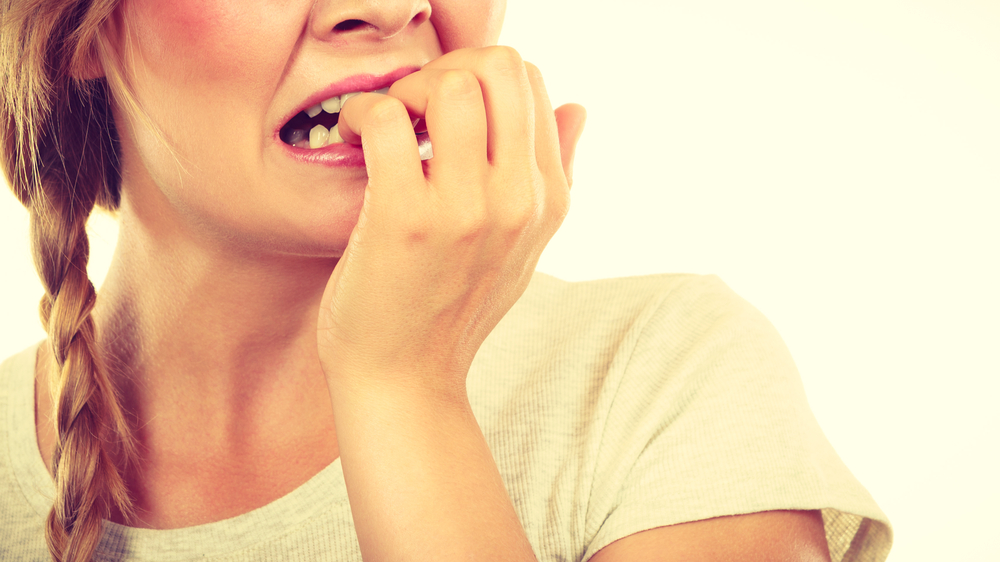
A little anxiety is fine, but if high anxiety levels persist for a long time, it can lead to serious health problems such as high blood pressure (hypertension) and lowered immunity levels.
The most common anxiety disorder is Generalised Anxiety Disorder (GAD) where people suffer with generally elevated anxiety levels, struggling with often constant worrying and difficult physical symptoms such as nausea and tightness in chests. There are also phobias, panic disorders, Obsessive-Compulsive Disorder (OCD), and Post-Traumatic Stress Disorder (PTSD).
Anxiety has both physiological and psychological symptoms that arise in response to a perceived threat or stressor. When you feel anxious, the body releases chemicals into the body such as adrenaline and cortisol to put you on ‘high-alert’, triggering what is known as the ‘fight or flight response’.
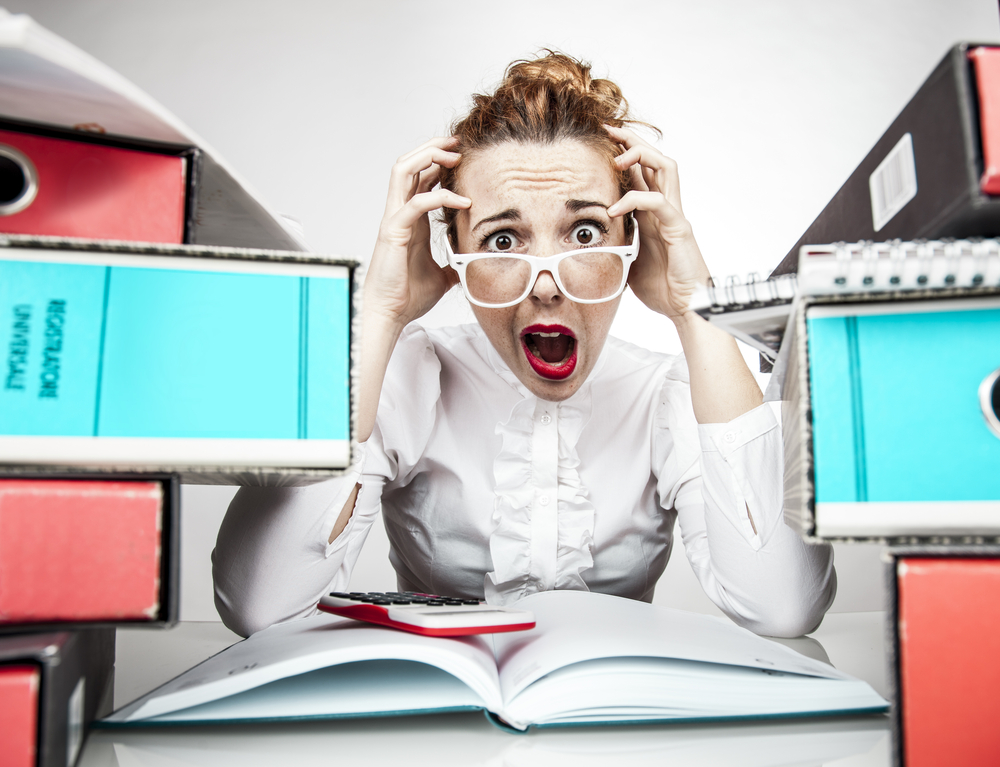
Stress is a set of physiological and physical changes in the body that takes place in response to threats or difficulties. When facing a threat or difficult situation, your body will go into ‘fight or flight mode’ where your heart might stand racing, breathing rate quickening, muscles tensing, shaking, and hypervigilance. Once the threat or difficulty passes these physical effects usually fade. However, if you are experiencing many stressful situations or prolonged stress, your body can stay in a state of high and you can develop stress related symptoms.
Stress is often created by:
It is important to tackle the causes of stress in your life – avoiding problems rather than facing them can make things worse. However, some stressful situations cannot be changed and it may be helpful to focus your energies on how to manage it so it does not impact you as much.
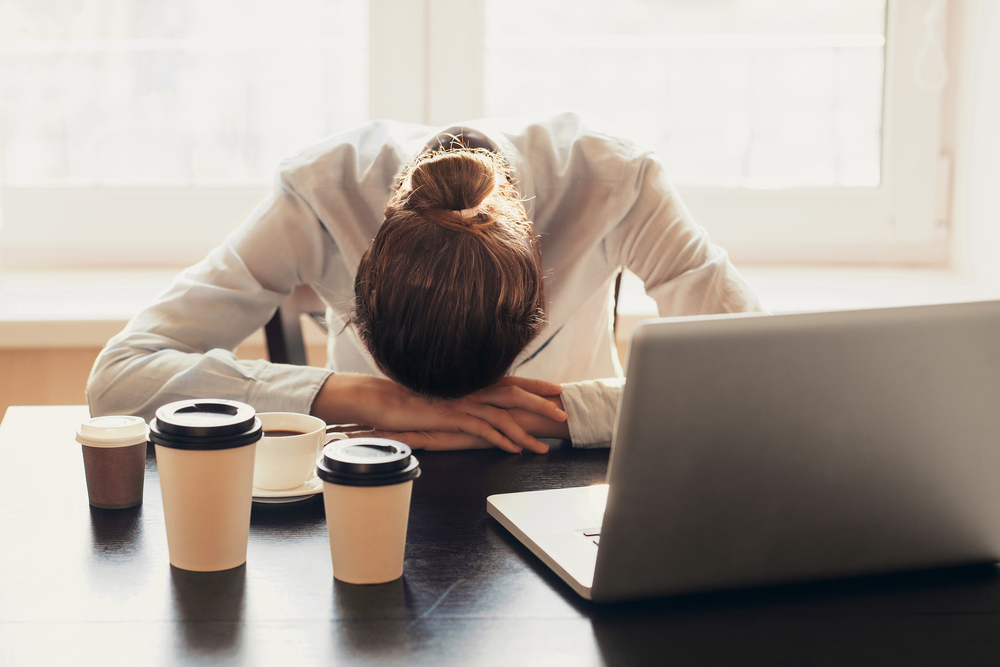
Although stress and anxiety may seem similar, they are different conditions. Stress is a response to external difficulties, pressures or a threatening situation e.g. work deadline which passes when the stressful event is over. Anxiety, which has no clear cause, is a condition where you feel stressed and anxious even when stressful life events pass, being in a constant state of fear, worry and/or panic.
Stress:
Definitely. Studies show that half of people diagnosed with anxiety also suffer with depression at the same time. It’s common to experience these conditions together as they are all reactions to difficult life experiences or times of transition.
There are multiple effective things people can do to reduce the impact of depression, anxiety and stress. Despite the differences in symptoms, you can use a lot of the same strategies to tackle all three.
Top Tips for Depression
Before you can start looking out for others, you need to look out for yourself. Therefore, before you ask someone you have noticed by be struggling, R U OK?, ask yourself the following questions:
Top 10 General Tips to Improve Mental Health/Wellbeing
1. Have a regular sleep routine of 7-9 hours per night
2. Exercise regularly
3. Eating a healthy balanced diet
4. Socialise more
5. Reducing alcohol, drug and/or caffeine intake
6. Schedule regular breaks to relax and unwind
7. Do something you enjoy every day
8. Get creative – colouring, drawing, painting, writing are all fantastic outlets
9. Meditation/Mindfulness – Apps such as Smiling Mind, Headspace or Calm or deep breathing exercises
10. Journaling or talking to someone about how you feel

If you are still struggling after trying these strategies, it is important to seek help. The most effective form of treatment for anxiety and depression is psychotherapy in combination with medication.
Talking therapies such as Cognitive-Behavioural Therapy, Acceptance and Commitment Therapy, Relationships Counselling and Counselling are found to be effective treatments of depression, anxiety and stress.
Medication including antidepressants can be a particularly effective form of treating depression and/or anxiety when taken together with psychological treatment such as Counselling or Cognitive-Behavioural Therapy.There are several types available and it is important to consult with your GP about this.
If you start to feel that your life is not worth living or that you want to harm yourself, it is vital to get support straight away. Call your EAP Acacia Connection on 1300 364 273 or emergency services on 000 if you are at immediate risk.
P: 1300 364 273 | Text or Live Chat: 0401 337 711 | W: acaciaconnection.com


Format: Face-to-Face or via webinar
Click here for more information
P: 1300 390 366 | E: info@theworkshoplab.com | W: www.theworkshoplab.com